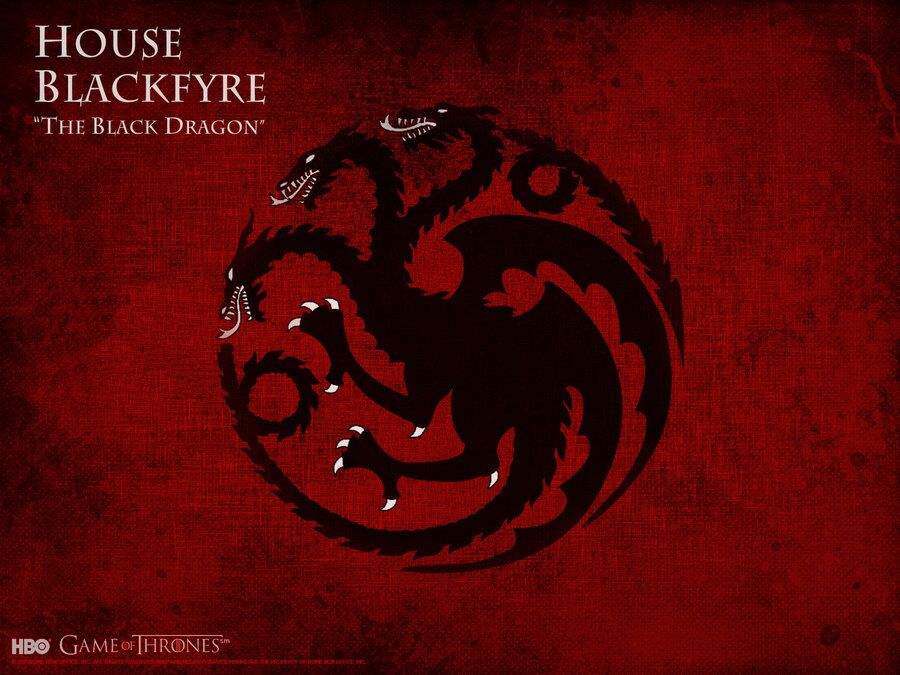House Sigils and Banner Designs: What Is Westeros Banners
What is westeros banners – In the vast tapestry of Westeros, the noble houses are distinguished not only by their lineage but also by their unique sigils and banners. These heraldic symbols, emblazoned on shields and flown from battlements, carry deep significance and serve as a testament to the rich history and complex relationships that shape the realm.
The sigils, often depicted on shields, are intricate designs that represent the essence of each house. They may feature animals, plants, or abstract symbols, each imbued with specific meanings and values. The banners, typically large and rectangular, display the sigil prominently against a backdrop of colors that further enhance the symbolism.
House Sigils and Their Meanings
| House | Sigil | Significance |
|---|---|---|
| Stark | Direwolf | Strength, loyalty, and ferocity |
| Lannister | Golden Lion | Power, wealth, and pride |
| Targaryen | Three-Headed Dragon | Fire, blood, and conquest |
| Baratheon | Crowned Stag | Strength, majesty, and authority |
| Tyrell | Golden Rose | Beauty, grace, and fertility |
Geographic Distribution of Banners

The geographic distribution of house banners across Westeros is a complex and ever-changing tapestry. The placement of a banner in a particular location can have profound political and cultural implications, reflecting the power and influence of the house that bears it.
Areas with high concentrations of specific house banners are often indicative of the house’s historical dominance in that region. For example, the Stark banner is ubiquitous throughout the North, a testament to the Stark’s long-standing rule over that vast and unforgiving land. Similarly, the Lannister banner is prevalent in the Westerlands, reflecting the Lannister’s wealth and power.
The placement of banners can also serve as a warning to potential enemies. The presence of a banner in a particular location can signal that the house that bears it is prepared to defend its territory. For example, the Targaryen banner was once flown from the walls of King’s Landing, a reminder of the Targaryen’s power and their willingness to use it to maintain their rule.
The geographic distribution of banners is a constantly evolving phenomenon, reflecting the changing political landscape of Westeros. As houses rise and fall, so too do the banners that they bear. The banners that fly over Westeros today are a testament to the rich and complex history of this land.
Political and Cultural Implications of Banner Placement
The placement of a banner in a particular location can have profound political and cultural implications. For example, the placement of a banner on the walls of a castle can signify that the castle is under the protection of the house that bears the banner. Similarly, the placement of a banner on a battlefield can signal that the house that bears the banner is prepared to fight for its cause.
The placement of banners can also be used to make political statements. For example, the placement of a banner in a particular location can be used to claim territory or to challenge the authority of another house. Similarly, the placement of a banner in a particular location can be used to show support for a particular cause or to commemorate a particular event.
The geographic distribution of banners is a complex and ever-changing phenomenon. The placement of a banner in a particular location can have profound political and cultural implications. The banners that fly over Westeros today are a testament to the rich and complex history of this land.
Historical Evolution of Banners

The banners of Westeros have a long and storied history, dating back to the Age of Heroes. The first banners were simple designs, often just a single color or a geometric pattern. Over time, however, banners became more elaborate, and they began to incorporate symbols that represented the history, values, and aspirations of the house that bore them.
Early Banners
The earliest banners were likely just solid colors, or perhaps a simple geometric pattern. These banners were used to identify different groups of warriors on the battlefield, and they were often made of animal skins or woven cloth.
The Age of Heroes
During the Age of Heroes, banners became more elaborate, and they began to incorporate symbols that represented the history, values, and aspirations of the house that bore them. For example, the banner of House Stark featured a direwolf, which was a symbol of strength and ferocity. The banner of House Lannister featured a lion, which was a symbol of courage and nobility.
The Targaryen Conquest
The Targaryen Conquest brought a new wave of change to the banners of Westeros. The Targaryens introduced the use of dragons on their banners, and this quickly became a popular symbol of power and authority. Many of the great houses of Westeros adopted the Targaryen dragon into their own banners, and it remains a common symbol to this day.
The War of the Five Kings, What is westeros banners
The War of the Five Kings was a time of great upheaval in Westeros, and it led to many changes in the banners of the realm. Some houses changed their banners to reflect their new alliances, while others changed their banners to represent their newfound independence. For example, House Stark adopted a new banner that featured a white direwolf on a black background, which symbolized their defiance of the Lannisters.
The Present Day
The banners of Westeros have continued to evolve over the centuries, and they now reflect the complex history and culture of the realm. The banners of the great houses are still a source of pride and identity, and they continue to play an important role in the politics and warfare of Westeros.